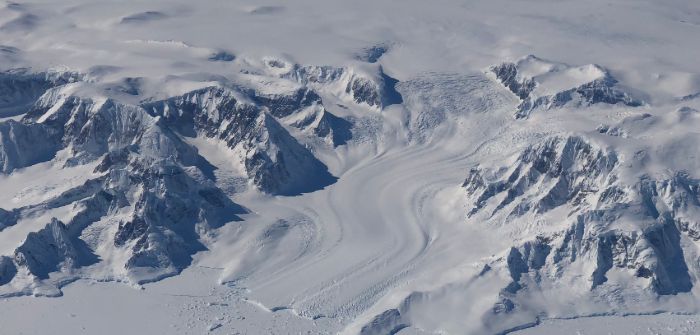NASA’s Earth-observing laser instrument has been watching the polar ice sheets, and measured significant losses in the last 16 years.
Between 2003 and 2019, ICESat and ICESat-2, the latter taking over in 2018, have observed massive losses of ice in Antarctica and Greenland’s receding ice sheets pushing up sea levels by 14mm.
The study found that Greenland’s ice sheet loss averaged 200 gigatons a year, and Antarctica lost 118 gigatons a year. One gigaton of ice would cover New York’s Central Park in ice more than 300m thick, higher than the Chrysler Building.
Ben Smith, a glaciologist at the University of Washington and lead author on the paper, said, “If you watch a glacier or ice sheet for a month, or a year, you’re not going to learn much about what the climate is doing to it. We now have a 16-year span between ICESat and ICESat-2 and can be much more confident that the changes we’re seeing in the ice have to do with the long-term changes in the climate.”
ICESat-2 has a laser altimeter sending 10,000 pulses of light a second down to Earth’s surface, timing how long it takes to return to an accuracy of a billionth of a second.
The rate allows for a dense map of measurement over the ice sheet and its precision allows scientists to determine how much an ice sheet changes over a year to within an inch.
To work out how much ice had been lost, the researchers developed a new model to convert volume change to mass change.
The model calculated densities across the ice sheets to allow the total mass loss to be calculated.
In Antarctica, the ice sheet is getting thicker in the interior, increasing snowfall, but losses on the continent’s margins more than outweigh any gains due to the ocean warming.
In Greenland, warmer summer temperatures have melted ice from the surface of the glaciers and ice sheet, and in some basins the warmer ocean water erodes away the ice at their fronts.
Alex Gardner, a glaciologist at NASA’s Jet Propulsion Laboratory, said, “The new analysis reveals the ice sheets’ response to changes in climate with unprecedented detail, revealing clues as to why and how the ice sheets are reacting the way they are.”



